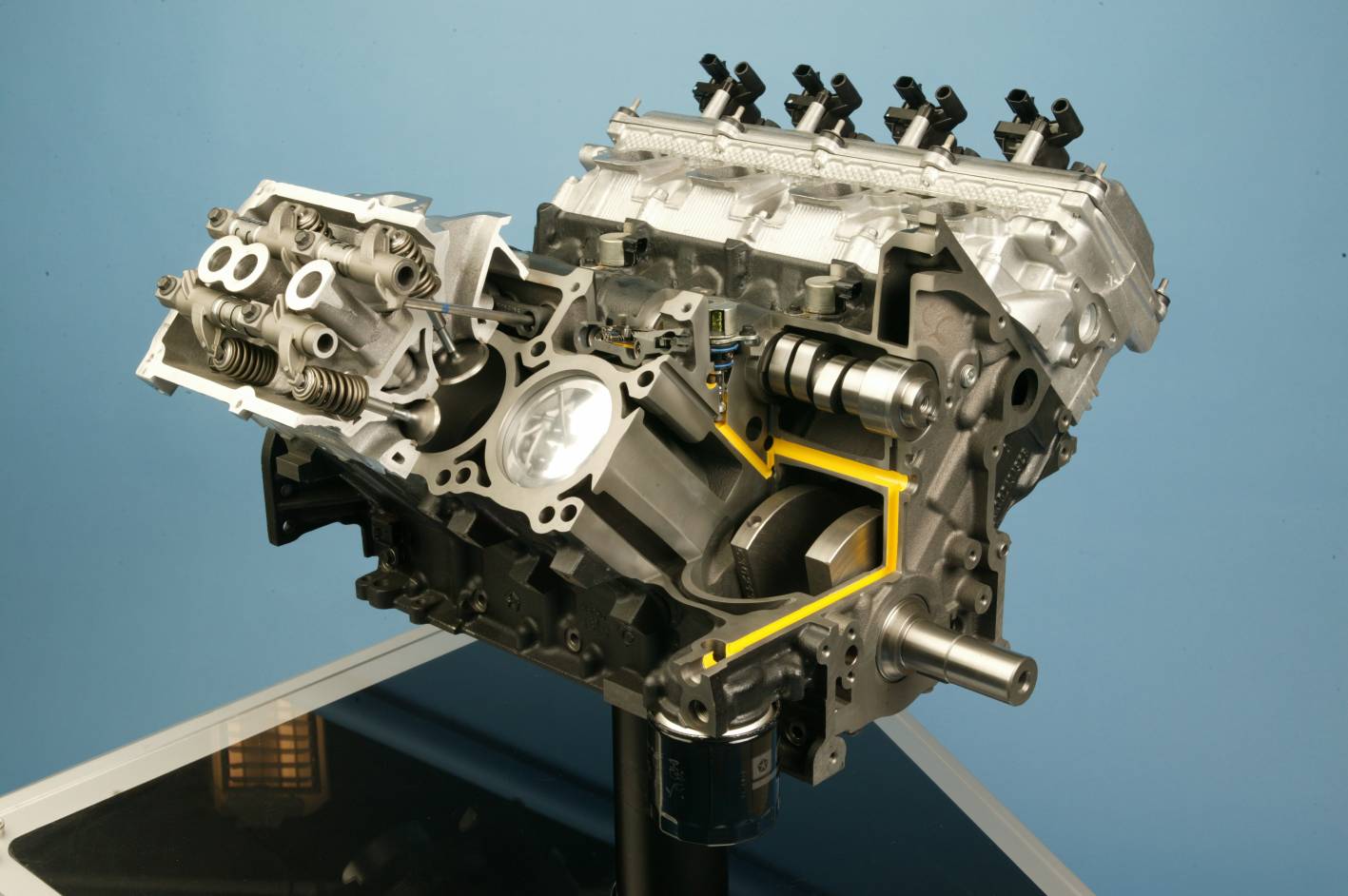Introduction
Subaru’s EJ20G was a turbocharged, 2.0-litre horizontally-opposed (or ‘boxer’) four-cylinder petrol engine. For Australia, the EJ20G engine powered the GC/GM Impreza WRX from 1994 to 1996; key features of the EJ20G engine included its:
- Die-cast aluminium block and cylinder head;
- Double overhead camshafts (belt-driven);
- Four valves per cylinder;
- Mitsubishi TD05 turbocharger;
- Air-cooled intercooler; and,
- 8.0:1 compression ratio.
Please note that this article considers the EJ20G as it was supplied in the Australian-delivered Subaru GC/GM Impreza WRX. Specifications for other markets may differ.
| Model | Engine | Trans. | Power | Torque | Years |
|---|---|---|---|---|---|
| Subaru GC/GM Impreza WRX | 2.0-litre turbo petrol F4 | 5sp man. | 155kW at 6000rpm | 270Nm at 4000-4800rpm | 1994-96 |
EJ20G cylinder block
The EJ20G engine had a die-cast aluminium alloy cylinder block with 92.0 mm bores and a 75.0 mm stroke for a capacity of 1994 cc. The cylinder block had an open-deck design to enhance cooling efficiency and dry-type, cast iron cylinder liners.
Crankshaft and pistons
For the EJ20G engine, the crankshaft was supported by five bearings that were made from aluminium alloy, while the no. 3 thrust bearing had a metal flange to receive thrust force. Furthermore, the corners of the crankshaft journals and webs, and the crank pins and webs, had a fillet-roll finish to increase stiffness.
For the GC/GM Impreza WRX, the EJ20G engine had cast pistons and connecting rods. The piston head was recessed for both the intake and exhaust valves, while the pistons had three rings: two pressure rings and an oil control ring. Of these,
- The top piston ring had an inner bevel design;
- The second piston ring had an interrupt design to reduce oil consumption; and,
- The oil control ring had a slit design.
To reduce mass and sliding, the piston skirt had a ‘slipper’ design. Furthermore, the piston pin was located in an offset position.
Cylinder head and camshafts
The cross-flow cylinder head for the EJ20G was made from die-cast aluminium and had double overhead camshafts (DOHC) per cylinder bank. A single timing belt was used to drive the four camshafts, while the back of the belt also drove the water pump. The timing belt consisted of a strong and inflexible core wire, wear-resistant canvas and heat-resistant rubber material. For quiet operation, the teeth on the timing belt had a round profile. For the GC/GM Impreza WRX, a hydraulic belt-tensioner maintained timing belt tension. The timing belt cover was a made from a synthetic resin moulding and used rubber at the mating surface of the cylinder block to absorb noise and vibrations.
Each camshaft was supported by three journals with three camshaft caps, while each camshaft flange was supported by a groove in the cylinder head to receive thrust force. During their manufacture, the camshaft ‘nose’ was subjected to a chill treatment to increase wear resistance and anti-scuffing properties.
The EJ20G engine had four valves per cylinder that were actuated by hydraulic lifters.
TD05 Turbocharger
For the GC/GM Impreza WRX, the EJ20G engine had a water-cooled, Mitsubishi TD05 turbocharger; the rotational speed of the turbine ranged from approximately 20,000 rpm to 150,000 rpm and peak boost is understood to be around 11 to 12 psi.
To prevent excessive boost pressure, which could cause knocking and heavier thermal loads on the pistons, the EJ20G engine had a wastegate valve. Once boost pressure reached its maximum, the wastegate valve would open so that part of the exhaust gas would bypass the turbine and flow into the exhaust pipe.
The turbocharger was lubricated by the engine oil and used full-floating type bearings to form lubrication films. Furthermore, engine coolant from the coolant drain hose (under the engine cylinder head) flowed to a coolant passage in the turbocharger bearing housing. After cooling the bearing housing, the coolant flowed into the coolant filler tank via a pipe.
The EJ20G engine had an air bypass valve to prevent the suction noise that can otherwise occur when the throttle valve is suddenly closed and causes a sudden rise in air pressure between the turbocharger and the throttle body. The air bypass valve was actuated by the vacuum created by the closure of the throttle valve and allowed the suction air to bypass the turbocharger and flow upstream, thereby lowering the pressure in the air passage.
Intercooler
Since the turbocharging process increased the temperature of the intake air, it was then passed through an air-cooled intercooler that received air via the bonnet duct. The intercooler was mounted on top of the engine and cooled the intake air to increase its density.
Injection and ignition
The EJ20G engine had pentroof combustion chambers which featured a wide ‘squish’ area. The EJ20G engine had multi-point fuel injection via gallery-type (or side-feed type) fuel injectors. For the GC/GM Impreza WRX, the EJ20G engine used a hot-film type mass air flow sensor to calculate intake air volume. The injection and firing order for the EJ20G engine was 1-3-2-4.
The EJ20G engine had centrally mounted spark plugs and a compression ratio of 8.0:1. Furthermore, a piezo-electric type knock sensor installed on the cylinder block which converted knocking vibrations into electric signals.


